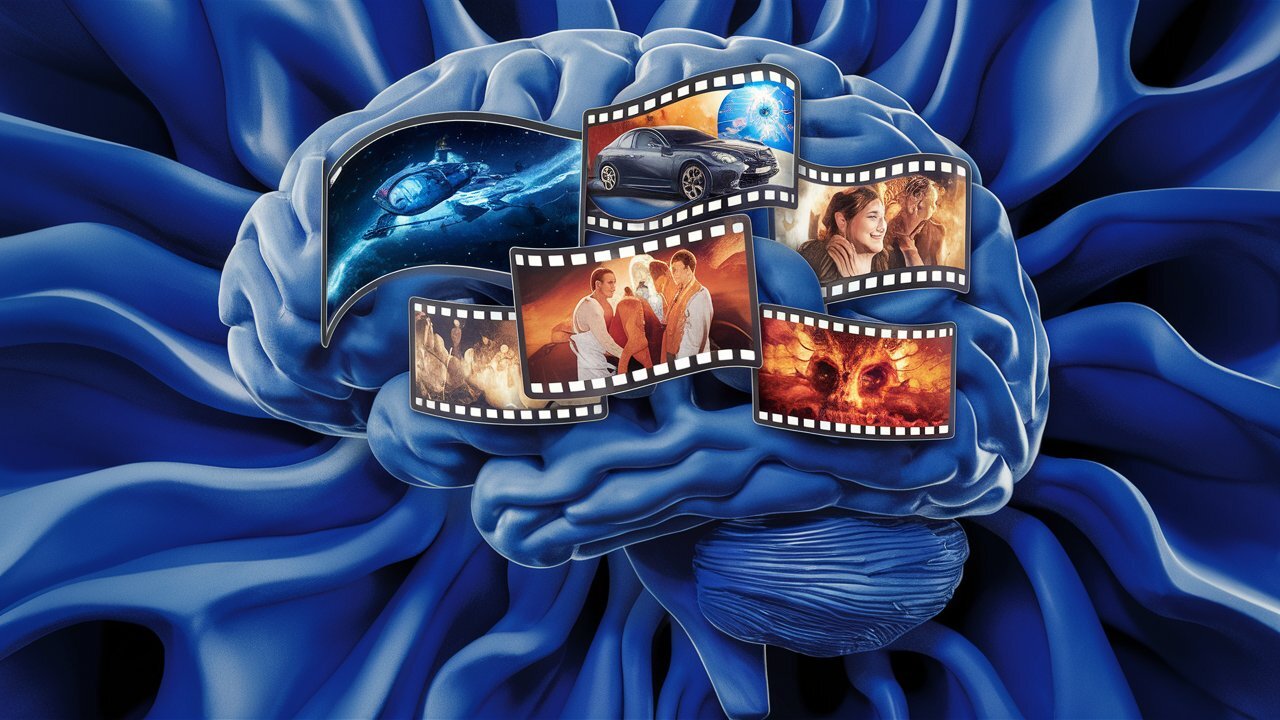The study showed how brain activity switches between specialized networks for tasks such as language processing. Executive function areas were activated for scenes that were more difficult to understand, and areas related to language and social interaction were activated for easier to understand moments. This study goes beyond typical resting-state fMRI studies and provides new insights into how the brain processes complex audiovisual stimuli in real time.
Future research could look more deeply at individual differences, including how brain responses may vary with age or in people with developmental or psychiatric disorders, and provide a more personalized understanding of brain functioning while watching movies.
Source: Ferra
I am a professional journalist and content creator with extensive experience writing for news websites. I currently work as an author at Gadget Onus, where I specialize in covering hot news topics. My written pieces have been published on some of the biggest media outlets around the world, including The Guardian and BBC News.










